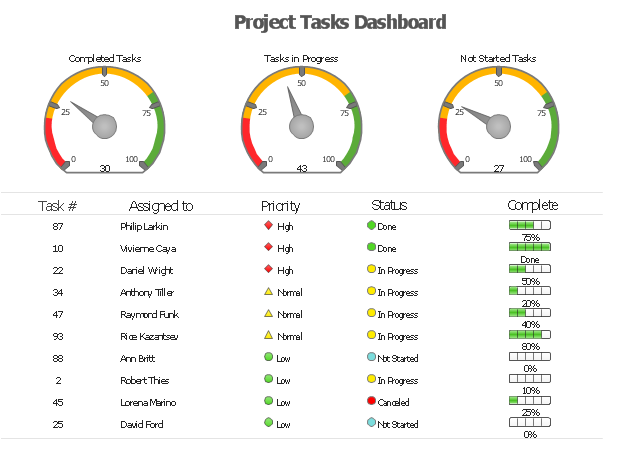

One option is to set the lengths of every sentences to the maximum length across all sentences in every batch.The maximum length of setence is different from batch to batch, so it cannot be set with the exact number. The second None means the lengths of sentences. The first None means the batch size, and the batch size is unknown since user can set it. Inputs placeholder will be fed with English sentence data, and its shape is. (8) define loss function, optimizer, and apply gradient clipping enc_dec_model_inputs, process_decoder_input, decoding_layer.

(3) define input parameters to the decoder model (1) define input parameters to the encoder model I noted what functions to be implemented are related to each steps. In order to build such a model, there are 6 steps overall. has the ability to look inside the ’s output, and it will create a totally different output data (translated in French in this case). makes an output encoded in neural representational form, and we don’t know what it really is. That is why we call as Encoder and as Decoder. The output of is going to be the input data for.

This is a very typical work, but you need to pay attention what this output really is. At the end, outputs a neural representation. takes a raw input text data just like any other RNN architectures do. The first sub-model is called as Encoder, and the second sub-model is called as Decoder. You can separate the entire model into 2 small sub-models. Also, base figures (about model) is borrowed from Luong (2016). However, majority part is implemented by myself along with much richer explanations and references on each section. Some codes/functions (save, load, measuring accuracy, etc) are provided by Udacity. This is a part of Udacity’s Deep Learning Nanodegree.
Clipping detector project how to#
It will cover a bit more topics like how to preprocess the dataset, how to define inputs, and how to train and get prediction. Please visit the Github repo for more detailed information and actual codes in Jupyter notebook. I am going to show the detailed steps, and they will answer to the questions like how to define encoder model, how to define decoder model, how to build the entire seq2seq model, how to calculate the loss and clip gradients. The objective of the model is translating English sentences to French sentences. In this project, I am going to build language translation model called seq2seq model or encoder-decoder model in TensorFlow.


 0 kommentar(er)
0 kommentar(er)
